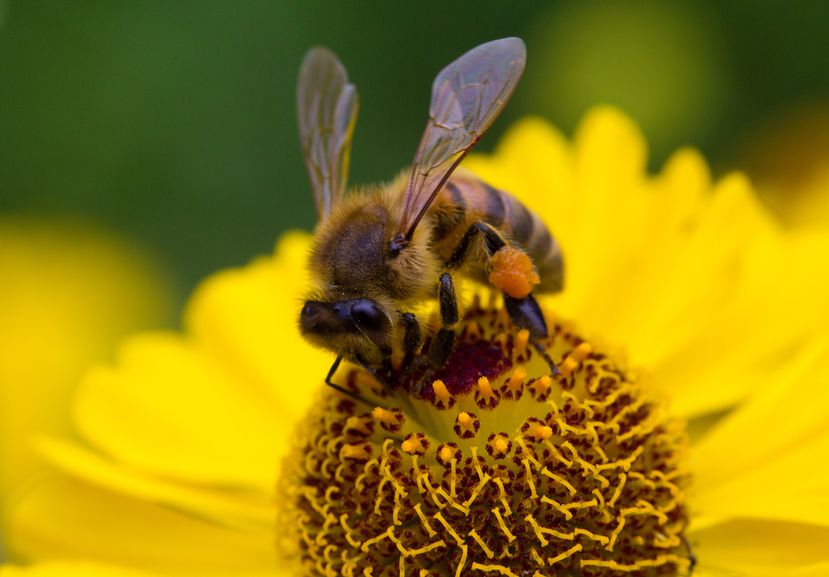Three Easy Ways You Can Help Honey Bees
August 08, 2018
Give or take a decade ago, U.S. beekeepers began noticing they were losing hives at alarmingly high rates. It was so sudden and surprising to many, and it kicked off the phenomenon that came to be called colony collapse disorder, which is still an issue to this very day with one notable difference—the level of awareness for honeybees and other pollinators has skyrocketed in recent years. This past winter alone saw a roughly 31 percent hive loss across America, and the exact reason is still a bit unclear. There may be somewhere around 60 contributing factors to CCD, with pesticide use and habitat loss likely the major factors.
To put it one way, honeybees are being stressed out too much, which is bad for both them and us, given bees’ role in agriculture and honey production. Bees help to pollinate roughly three quarters of the nuts, fruits, and vegetables we consume, with one colony being able to pollinate around 300 million plants each day. In past two years, some bee species were placed on the endangered species list, which makes even the smallest helpful acts crucial for rebuilding their numbers and restoring them. Despite CCD sounding like too big of a problem, here are some easy ways anyone can help honeybees and other pollinators.
Buy Organic
In case you’re looking for reasons to lean toward organic groceries, supporting organic farms ensures your food wasn’t treated with pesticides, which are likely one of the main reasons CCD even exists. Recent studies have found that honeybees can have negative reactions to plants treated with pesticides. While they may not kill honeybees, these chemicals can affect their learning ability and memory, so make sure to choose items with a seal that reads, “100 percent USDA-certified organic.”
Bee-Friendly Gardens
Turning one’s yard into a bee refuge is much easier than you think, as they love non-hybrid, single-petal, native plants that your local florist can surely recommend for the area. Adding herbs, fruits, and veggies is another method for attracting bees and giving them a new source of nourishment. Interestingly, bees struggle when it comes to recognizing red, so consider planting violet, purple, yellow, blue, or white plants or flowers. You could also place a basin of water out in your garden or yard for the thirsty pollinators, so long as you place small stones in the water to prevent drowning.
Sponsor Hives
In addition to making slight bee-friendly changes to your lifestyle, you can also try sponsoring a hive through local or national programs. For example, The Bee Cause allows individuals to sponsor hives for school classrooms to provide children with opportunities to learn about the amazing ways in which bees and other pollinators support us. So far, they have provided hives to over 300 classrooms in every U.S. state.
Copyright: percent / 123RF Stock Photo


.jpg)



